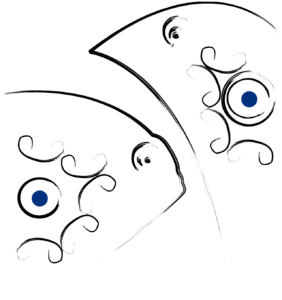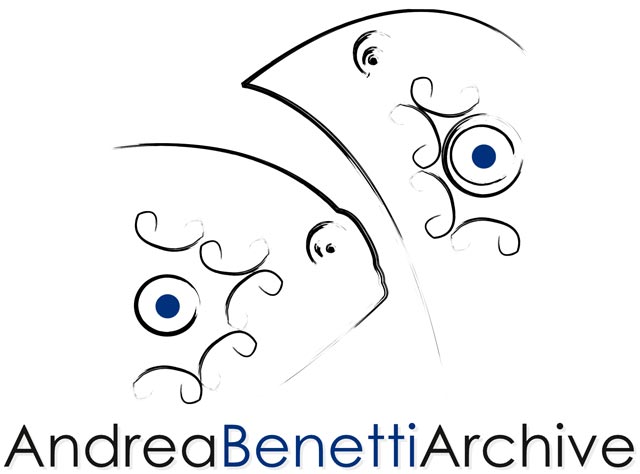Prehistoric Wave
“The world existed before man and will exist after man, and man is merely an opportunity for the world to organize some information about itself.” This is a quote from Italo Calvino, taken from a 1967 interview with the Gazette de Lausanne. A reflection that, at first glance, seems to establish a radical hierarchy of importance—the impermanence of man versus the permanence of the world, of reality, of nature. Yet, upon closer examination, it actually attributes to man a role that is anything but secondary. It is the human gaze that allows the world to “organize information about itself,” that is, to structure itself, to know itself. To see itself. And in this process of self-awareness of the world through man, the creative act naturally occupies a central position.
What else is primitive art if not the translation, in the form of signs and colors, of a series of pieces of information about the world? A kind of user manual for space—both the visible (hunting scenes) and the invisible (the realm of the divine, where representation serves as a magical and propitiatory act). A sign in which Andrea Benetti, who has been attempting for years to unravel the fascinating enigma of our ancestors’ paintings, identifies the precursors of contemporary figurative and communicative expressions—from Symbolism to Abstract Art, all the way to the immediacy of the emoji. Just as Werner Herzog, in his magnificent documentary Cave of Forgotten Dreams, saw in the successive depictions of legs and horns in the Chauvet Cave murals the invention of moving images—the very essence of cinema.
How, then, can we strengthen the connection with that Prehistoric Wave to which Benetti has dedicated his artistic research, creating a bridge that dissolves the dizzying chasm of time separating us from those primordial forms of art? By stepping into a new kind of vertigo—bringing back to life the very same pigments used 40,000 years ago, made available by the University of Ferrara following an extraordinary discovery inside the Fumane Cave, near Verona. The 21st-century artist, recovering—one imagines with a deep sense of emotion and responsibility—the materials of his “colleague” ancestor, an unexplored medium that inevitably alters the artist’s very gesture. At times, it becomes rarefied and meticulous in the faithful reproduction of prehistoric stylistic elements—animals, stylized figures, hunters—while also conveying, in the delicacy of the lines, almost worn and imperceptible, the erosion of time. At other times, it dares to construct unimaginable imaginaries—if we may allow the paradox—as seen in The Ancient Astronaut, an unpredictable connection between past and present.
The prehistoric wave reaches our present day, linking visions and experiences, hurling them across millennia, searching for traces of a shared sensibility, a primordial soul that endures despite cultural, aesthetic, and technological leaps, despite the weight of history. In a present where artificial intelligence is set to shape a renewed image of the world—a new “self-organization” of reality, the outcomes of which remain unknown—it becomes more crucial than ever not to lose sight of our roots: human, and all too human, as they are.
Luciana Apicella |
Journalist and Art Critic |




